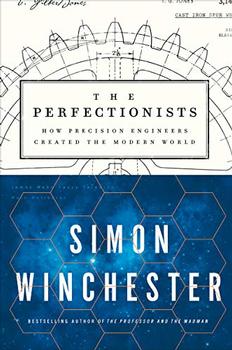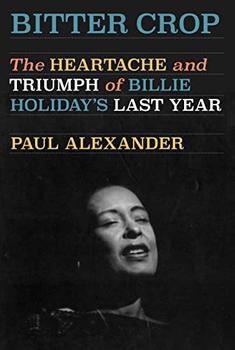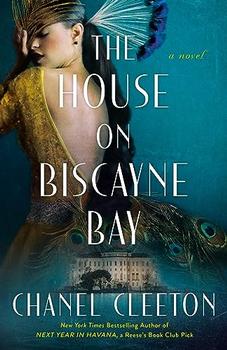Summary | Excerpt | Reviews | Beyond the Book | Readalikes | Genres & Themes | Author Bio

Critics' Opinion:
Readers' Opinion:
First Published:
May 2018, 432 pages
Paperback:
May 2019, 416 pages
 Book Reviewed by:
Book Reviewed by:
Rory L. Aronsky
Buy This Book
It would, in fact, be more than twenty years before Henry Royce came to make engines himself, and the motorcars to put them in. His first venture involved electricity, and was out of a workshop on Cooke Street in Manchester that manufactured and sold such newfangled devices as light switches, fuses, doorbells, and dynamos. He soon became moderately prosperous, married, bought a fair-size house in the suburbs, and embarked on the devotion of such spare time as he had to gardening and raising roses and fruit trees, a passion for the rest of his life.
Mechanical rather than electrical engineering was his true passion, though, and within a decade he took steps to incorporate the two, setting up a company named Royce Limited that produced a range of large-scale industrial electric cranes. The firm won a following and a fine reputation: its cranes were known to be both very well made and built with patented Royce-designed safety features that minimized the number of lethal accidents that were then plaguing the new world of Victorian highish-rise construction. Over the years his company flourished, even selling electric cranes to the Imperial Japanese Navy, and having one exactly copied by unscrupulous Japanese engineers, right down to its ROYCE LIMITED nameplate.
Around the turn of the century, a number of German and American companies suddenly entered the crane market, undercut the Royce prices, and nearly brought the company to its knees. Royce, in an early display of a case-hardened determination to make machinery of the highest quality whatever the pressure, insisted he would neither cut his costs nor trim his standards—and in time, the young company survived, stabilized, and gained a reputation for high-quality engineering, for precision products made beyond consideration of price.
Henry Royce was by now himself settled, stable, domesticated, and with money in the bank. His personal interest turned to automobiles. He was able to indulge himself—first, by buying, in 1902, a De Dion quadricycle, essentially two bicycles bolted side by side, with a small internal combustion engine suspended between them. France at the time had a near monopoly on the stripling car-making business, with firms such as De Dion-Bouton, Delahaye, Decauville, Hotchkiss et Cie, Panhard, and Lorraine-Dietrich producing small numbers of vehicles for a growing number of enthusiasts. The vocabulary reflects still the Gallic origins: words such as garage, chauffeur, sedan, coupe, and, indeed, automobile serving as reminders.
From the book:The Perfectionists by Simon Winchester. Copyright © 2018 by Simon Winchester. Reprinted courtesy of Harper, an imprint of HarperCollins Publishers





The House on Biscayne Bay
by Chanel Cleeton
As death stalks a gothic mansion in Miami, the lives of two women intertwine as the past and present collide.

The Flower Sisters
by Michelle Collins Anderson
From the new Fannie Flagg of the Ozarks, a richly-woven story of family, forgiveness, and reinvention.

The Funeral Cryer by Wenyan Lu
Debut novelist Wenyan Lu brings us this witty yet profound story about one woman's midlife reawakening in contemporary rural China.
Your guide toexceptional books
BookBrowse seeks out and recommends the best in contemporary fiction and nonfiction—books that not only engage and entertain but also deepen our understanding of ourselves and the world around us.